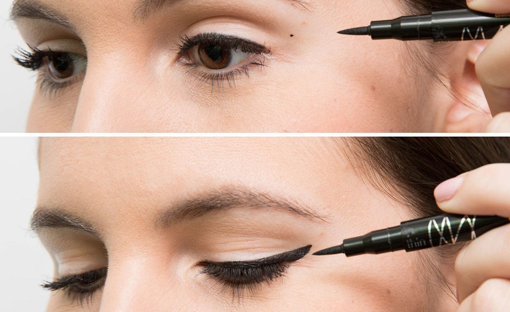On July 15, 2025, YouTube will roll out significant updates to its Partner Program (YPP), aimed at reducing low-effort, repetitive, and AI-generated content while tightening overall monetization standards. This policy shift emphasizes original, authentic content and introduces new eligibility criteria that have mixed effects, especially for creators in Pakistan. Globally, YouTube is increasing scrutiny on
On July 15, 2025, YouTube will roll out significant updates to its Partner Program (YPP), aimed at reducing low-effort, repetitive, and AI-generated content while tightening overall monetization standards. This policy shift emphasizes original, authentic content and introduces new eligibility criteria that have mixed effects, especially for creators in Pakistan.

Globally, YouTube is increasing scrutiny on channels that recycle content with minimal changes. From templated videos to AI-voiceovers, any mass-produced videos lacking real transformation will be flagged as inauthentic and ineligible for monetization. YouTube’s editorial head clarified this is a “minor update,” not a sweeping ban on AI use, it’s simply refining definitions of spam.

The revised rules highlight stricter rules for content borrowed from other sources: it must be significantly changed and provide real educational or entertainment value. Clickbait, compilation clips, and reuse of others’ content without added narrative are expressly discouraged.

For Pakistani creators, the update comes in the midst of another monetization issue. In May 2025, YouTube expanded a lower-tier monetization pathway (500 subscribers, 3 public videos, 3,000 hours of watch time or 3 million Shorts views), but notably excluded Pakistan from the list. Creators there must still meet the original thresholds of 1,000 subscribers and 4,000 watch hours or 10 million Shorts views.

This exclusion has caused frustration among Pakistani YouTubers, who feel their growing contributions are overlooked, even as regional peers gain easier access.
Layered on top of this is the increasing censorship pressure within Pakistan. Just days ago, a court ordered YouTube to block over two dozen “anti‑state” channels, many run by journalists and opposition figures. This legal crackdown, part of a wider trend of online restrictions, further dampens momentum for creators who rely on politics, news, or critique.
Meanwhile, other platforms like Facebook have tightened monetization by requiring creators to link financial accounts from eligible countries, leaving Pakistani creators caught in bureaucratic limbo.

In summary, Pakistani content creators face a challenging intersection: stricter eligibility standards from YouTube, exclusion from simplified monetization tiers, financial hurdles across platforms, and domestic censorship constraints. Together, these factors threaten the viability of many emerging channels.

But it isn’t all bleak. These policy changes also open opportunities. YouTube is encouraging high-quality, value-driven filmmaking, nurturing creators who invest time, originality, and real voices into their work. Pakistani creators with unique perspectives and strong production values can still break through, even if monetization comes later than elsewhere.
To navigate this landscape, Pakistani YouTubers should:

- Focus on original content—use your own voice, style, and storytelling.
- Avoid templated or mass-produced formats, especially those relying on AI voiceovers or reused clips.
- Keep an eye on eligibility updates, especially regarding exclusions from new tiers.
- Diversify revenue streams outside of YouTube, consider Patreon-style platforms, brand collaborations, or freelance content creation.
- Advocate for inclusion in lower- tier monetization programs and push back on unjust platform exclusions.
The July 15 policy update represents a shift toward authenticity. For Pakistan, it highlights systemic barriers, but also offers clarity on what YouTube values next. Creators who embrace originality and build loyal audiences now are likely to benefit long-term, even if the path is steeper.





















Leave a Comment
Your email address will not be published. Required fields are marked with *